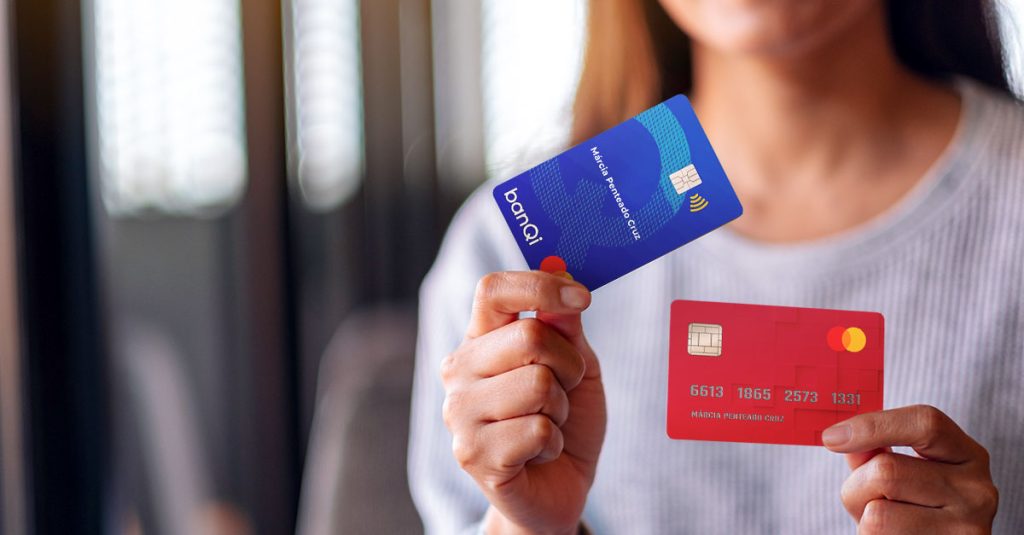In today’s digital age, financial literacy for teenagers is more important than ever. The choice between credit cards and prepaid debit cards is a significant decision for parents and teens alike. Making the right choice can set the foundation for sound financial habits. This post aims to delve deep into the comparative advantages and disadvantages of each financial tool for adolescents.
Anúncios
First, we will discuss credit cards, their perks, and pitfalls. Then, we’ll delve into prepaid debit cards, their features, and shortcomings. Finally, we’ll compare the two to help determine which might better suit your teenager’s needs.
Understanding credit cards for adolescents

Credit cards can be a powerful tool for teaching financial responsibility. When teenagers use credit cards, they have the opportunity to learn about borrowing, spending, and repayment. These lessons can be invaluable as they transition to adulthood.
Anúncios
The first advantage of credit cards is the ability to build a credit history. Starting early can establish a strong credit score, which is crucial for future financial endeavors such as loans for a car, house, or even starting a business.
However, credit cards for teenagers come with their own set of risks. One significant risk is the temptation to overspend. The seemingly limitless spending ability can lead to accumulating debt quickly. Without proper guidance, teenagers could fall into the cycle of debt at an early age, which could have long-lasting repercussions.
Perks of using credit cards
Credit cards come with numerous benefits that can be appealing for teenagers. One primary advantage is the ability to build credit history from a young age. Establishing a good credit score early can open doors for favorable loan terms and interest rates in the future.
Additionally, many credit cards offer rewards programs. Teenagers can earn cashback, points, or even travel rewards on their purchases. This can be an exciting incentive for young spenders and offers an opportunity to learn about maximizing benefits.
Potential downsides of credit cards
Despite their benefits, credit cards carry potential drawbacks. One prominent disadvantage is the risk of accumulating debt. Teenagers may not fully understand interest rates and the consequences of not paying the full balance, leading to spiraling debt.
Furthermore, the ease of access to credit can encourage impulsive spending. Without established self-control and financial discipline, teenagers may find themselves swiping their card for non-essential purchases, quickly blowing through their credit limit.
Navigating prepaid debit cards for teenagers
Prepaid debit cards present a different set of features and potential benefits for young users. Unlike credit cards, prepaid options do not involve borrowing; they function more like an advanced version of a traditional debit card, deducted directly from a preloaded balance.
One significant advantage is the control they offer. Parents can preload a specific amount onto the card, allowing teens to learn budgeting without the risk of spending money they don’t have.
Benefits of prepaid debit cards
Prepaid debit cards are great for budget management, as they limit spending to the amount loaded onto the card. This encourages teenagers to think critically about their purchases and manage their finances responsibly. Another advantage is the minimal risk of debt. Since the money spent is already preloaded, there’s no borrowing involved, thereby eliminating the risk of falling into debt or dealing with interest payments.
Drawbacks of prepaid debit cards
One major downside is that prepaid debit cards do not contribute to building a credit score. Teenagers using these cards won’t benefit from the potential credit history that could aid future borrowing needs.
Additionally, some prepaid cards come with fees. These can include activation fees, monthly maintenance fees, ATM withdrawal fees, and more. It’s essential to understand the fee structure before choosing a prepaid card for your teenager.
Which is better for your teen?
Deciding whether a credit card or prepaid debit card is better for your teenager depends on your specific goals and circumstances. Each option has its unique advantages and drawbacks, making it crucial to weigh them carefully.
Credit cards offer a valuable opportunity to build credit, earn rewards, and provide robust security features. However, they also come with the risks of debt accumulation and potential negative impacts on credit scores due to poor repayment habits.
When to opt for prepaid debit cards
If controlling spending and teaching budgeting are your primary concerns, then a prepaid debit card might be the better option. This tool provides a safe environment for teenagers to learn financial management without the risk of accruing debt.
For younger teens or those just starting their financial journey, prepaid cards offer a simpler and safer introduction to using cards for daily transactions. The inability to overspend makes them ideal for instilling foundational budgeting skills.
In conclusion, both credit cards and prepaid debit cards offer unique opportunities and learning experiences for teenagers. Your choice should align with your financial goals for your teen, their maturity level, and their individual needs. Whichever option you choose, guiding and educating your teenager on responsible usage will pave the way for a brighter financial future.

